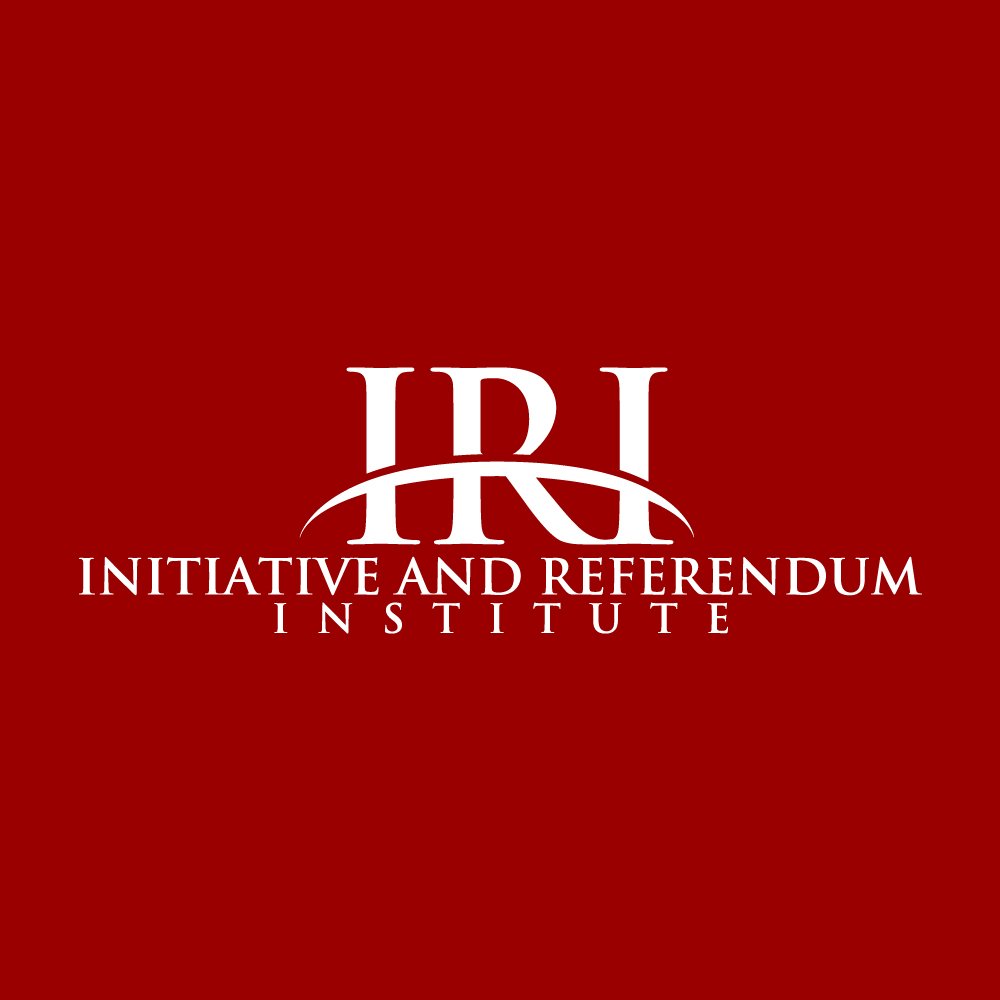Virginia
While the Populist call for "more democracy" was gaining strength throughout most of the nation, Virginia's ruling Democratic Party was giving its citizens less democracy. In May 1901, voters elected 100 delegates to a state constitutional convention, 89 of them Democrats. The new constitution they approved included a poll tax and a literacy test, both designed to prevent poor whites and blacks from voting. The delegates did not even submit the new constitution to the voters for ratification, having it take effect instead "by [their own] proclamation." In this context, it is surprising not that Virginia's Progressives failed to amend their state constitution to include I&R, but that they even tried.
The Progressives' hopes for a statewide I&R amendment ran highest in 1914, when state Attorney General John Garland Pollard was elected president of the newly formed Progressive Democratic League, which included I&R on its reform agenda. That same year the House of Delegates approved an I&R amendment by a lopsided 64 to 24 vote, but the measure died in the senate.
The next serious discussion of a statewide I&R amendment came 50 years later, in 1969, when Norfolk State Senator (and unsuccessful 1977 gubernatorial candidate) Henry Howell and Fairfax delegate Vincent Callahan proposed it again without success.
In 1980, three northern Virginians - Gwendolyn F. Cody, James W. Roncaglione, and Harley M. Williams - organized Virginians for Initiative and Referendum. In 1981, both houses passed a bill adding I&R provisions to the city charter of Hampton, which were approved by voters of that city by a greater than three to one margin. Cody won election to the House of Delegates; I&R endorser Charles Robb became governor. But Cody was unable to get the statewide L&R bill out of committee, and Robb did nothing to support it. Prospects dimmed further with the death of Williams in 1986.
This state history is based on research found in David Schmidt's book, Citizen Lawmakers: The Ballot Initiative Revolution.
